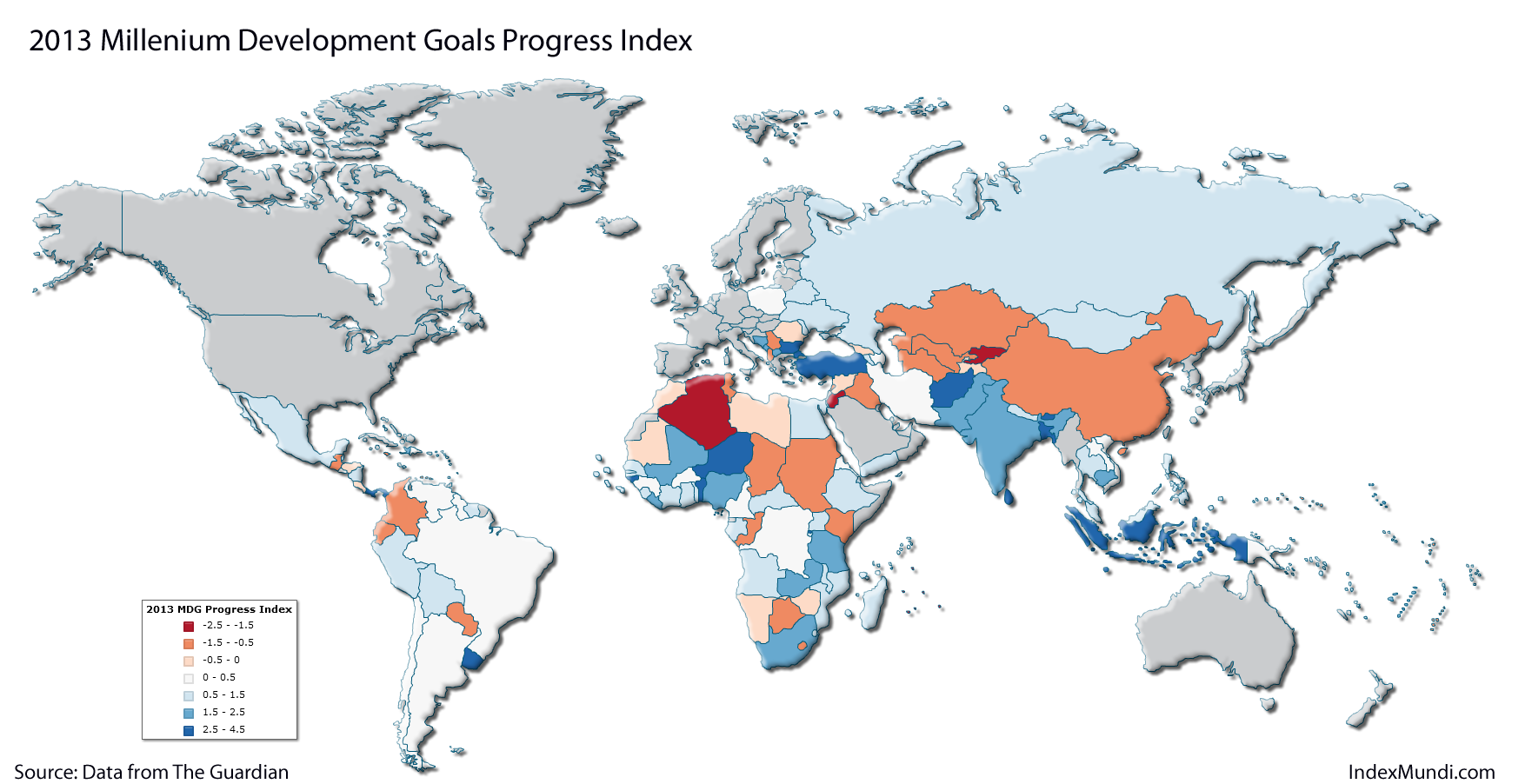The Pew Research Center released today the results of its assessment of global restrictions on religion. A team of researchers combed through multiple sources of information to record concrete reports about government policies and actions, as well as specific incidents of religious violence or intolerance by social groups. One of the outcomes of the study is the thematic map shown above, which displays the level of government restrictions on religion as of December of 2011. The level is represented by the darkness of the color. The darker the color, the higher the level of government restrictions. The map shows that the Middle East and North Africa have many countries where governments restrict religion. Egypt, Saudi Arabia, and Iran top the list of countries with very high government restrictions. China, Indonesia, Pakistan, and Russia also stand out due to the policies and actions of their governments.










